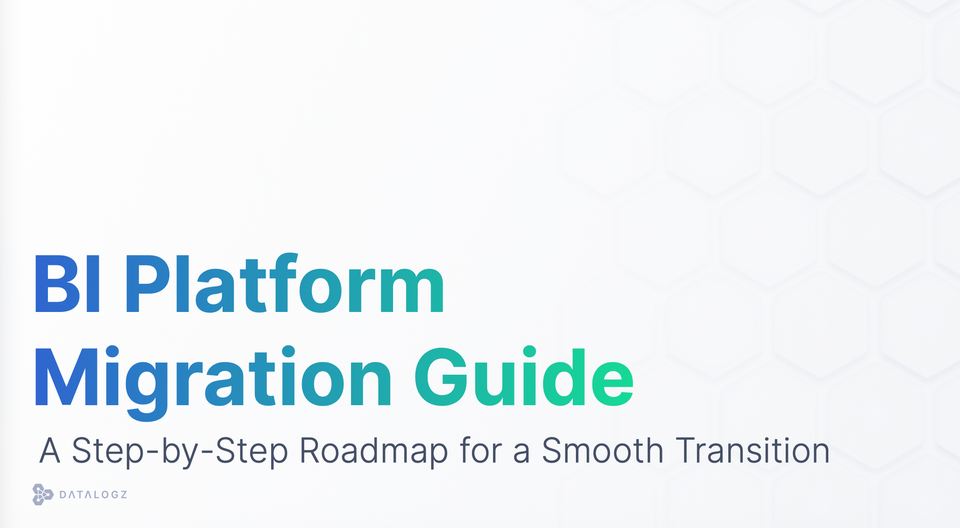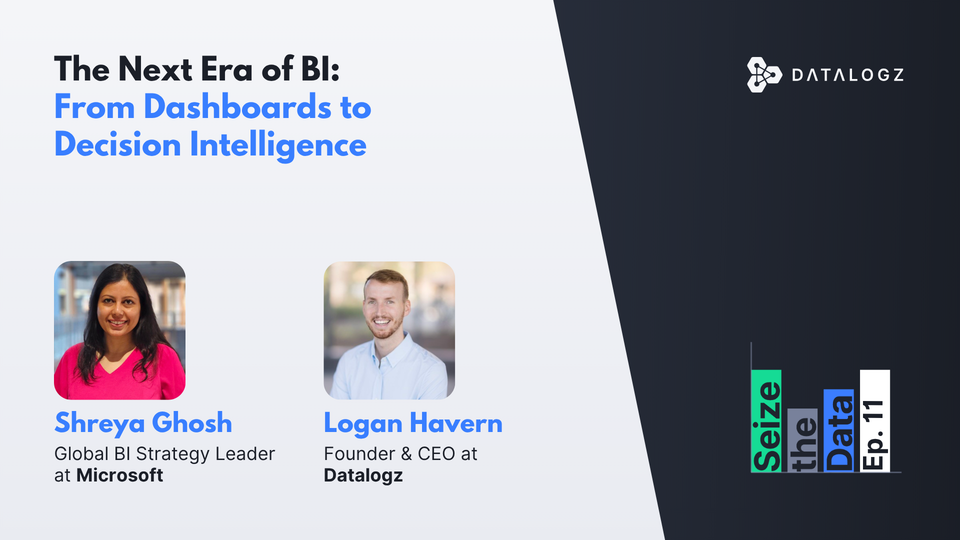Ensuring Data Security with Power BI: Tips and Tricks
Learn essential tips and tricks to ensure data security with Power BI at the enterprise level, including role-based security, encryption, and monitoring activities for a robust data security framework.

In today's data-driven world, businesses rely heavily on powerful tools like Power BI to gain insights from their vast amounts of data. However, with great power comes great responsibility, especially when it comes to data security. As an enterprise-level user of Power BI, it's crucial to implement robust security measures to protect your sensitive data. In this blog post, we will explore some essential tips and tricks to ensure data security with Power BI at the enterprise level.
Implement Role-Based Security
Role-Based Security (RBS) is a fundamental aspect of data security in Power BI. By assigning different roles to users based on their responsibilities, you can control their access to data and dashboards. Take advantage of Power BI's security groups and Azure Active Directory integration to manage user roles effectively. By providing only the necessary permissions to each user, you minimize the risk of unauthorized access.
Utilize Row-Level Security
Row-Level Security (RLS) is a powerful feature in Power BI that allows you to restrict access to specific data rows based on user roles. By defining security filters at the row level, you can ensure that users can only see the data that is relevant to their role or department. RLS adds an extra layer of security, particularly when multiple teams or departments are working with the same dataset.
Enable Encryption
Power BI offers various encryption options to protect your data at rest and in transit. Ensure that you enable encryption for your data sources, datasets, and reports. Power BI supports Azure Active Directory (AAD) authentication, which provides an additional layer of security. Implementing SSL/TLS encryption for data transmission between Power BI and your data sources is also crucial to safeguard sensitive information.
Secure Data Gateway
If your organization uses an on-premises data source, you'll need to set up the Power BI Data Gateway. Ensure that the gateway is installed on a secure and isolated server or machine. Configure the gateway to use encryption protocols and establish a strong connection between your on-premises data and Power BI. Regularly update the gateway software to take advantage of the latest security enhancements.
Implement Data Classification and Sensitivity Labels
Data classification and sensitivity labels help identify and categorize data based on its level of sensitivity. Power BI allows you to classify and label datasets, reports, and dashboards to ensure that appropriate security measures are in place. By implementing these labels, you can easily define who has access to sensitive data and track its usage across the organization.
Monitor and Audit Activities
Regularly monitor and audit user activities in Power BI to detect any unauthorized access attempts or suspicious behavior. Power BI provides auditing and logging capabilities that allow you to track user interactions, dataset refreshes, and report accesses. Leverage these features to identify any security breaches or compliance violations promptly.
Stay Up-to-Date with Security Best Practices
Data security is an ever-evolving field, and new threats and vulnerabilities are constantly emerging. It's crucial to stay informed about the latest security best practices and updates from the Power BI community and Microsoft. Regularly review and update your security policies, and educate your users about data security to ensure a proactive approach towards safeguarding your enterprise data.
In conclusion, data security is of utmost importance when using Power BI at the enterprise level. By implementing role-based security, utilizing row-level security, enabling encryption, securing data gateways, implementing data classification and sensitivity labels, monitoring activities, and staying up-to-date with security best practices, you can ensure that your sensitive data remains protected. Embracing these tips and tricks will help you establish a robust data security framework and maintain trust in the use of Power BI within your organization.



